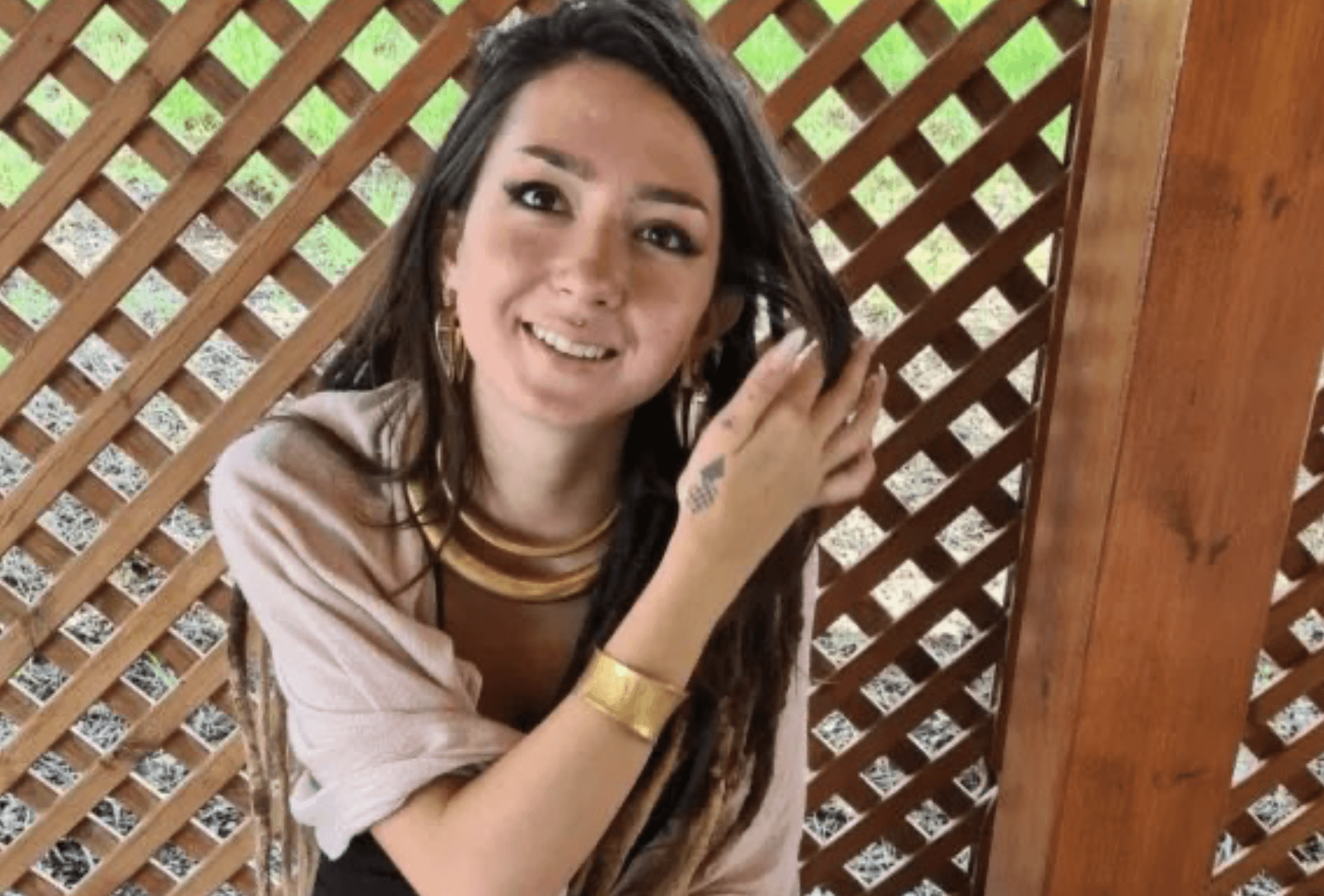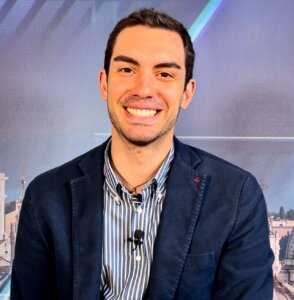Photo of body of woman killed by Hamas wins prize and sparks controversy
‘What is the role of the photographer if it is not to bear witness?’ said one journalist

Shani Louk. Photo by Screenshot/Twitter
This story has been updated to include new information.
A photo of Hamas militants driving the dead body of a German-Israeli woman into Gaza on Oct. 7 has won a prestigious award, sparking outrage among some who believe the image is disrespectful. But her father defended the prize, and news organizations and defenders of press freedom have countered that such photos are critical to documenting atrocities and disasters.
The photo is the first in a series taken by Associated Press photographers that took a first prize Thursday in a contest sponsored by the Missouri School of Journalism’s Reynolds Journalism Institute. It shows the body of Shani Louk, 22, in the back of a pickup truck, with a militant resting his leg on her bare back.
“Photos showing violence and death can be newsworthy or important when they humanize the dead or galvanize the public,” Hen Mazzig, a senior fellow at the Tel Aviv Institute, wrote in a post on X Thursday that was “liked” by thousands. “The ‘winning’ photo does neither; it only further dehumanizes Shani, retraumatizes her family, and legitimizes Hamas’ actions under the guise of journalistic neutrality.”
A petition asking Nikon, one of the sponsors of the contest, to withdraw its support, has garnered more than 100,000 signatures. Many signatories, a right-wing pro-Israel watchdog group and the Israeli government have accused some photographers who documented the Hamas attack for major news outlets of having prior knowledge and being complicit in it. But news organizations, including the AP and The New York Times, have called the charges reckless. The AP said the first photos it received of the attack were taken at least 45 minutes after it had begun. CNN and the AP cut ties with a freelancer who took photos of the attack over a photo, circulated before Oct. 7, which showed him posing with Hamas leader Yahya Sinwar.
Inquiries to The Associated Press and Nikon were not immediately returned.
Louk’s father, Nissim Louk told the Israeli news outlet Ynet that “it’s good that the photo won the prize” and called it one of the most important photos in the last 50 years. “These are some of the photos that shape human memory,” he said, and refered to other iconic photos that have conveyed Jewish suffering and resilience. He said a photo of hostage Noa Argamani being abducted on a motorcycle on Oct. 7 serves a similar purpose. “This is history.”
Both Louk, a tattoo artist who was 22 when she was killed, and Argamani, 26, believed to be alive in Gaza, were attacked with scores of other young people at the Nova music festival.
Many journalists say photos of war, and sometimes the most wrenching ones, are key to informing the public about conflicts.
“The photograph of Hamas terrorists with Ms. Louk’s dead body in the back of a pickup is indeed disturbing,” Michelle Frankfurter, a documentary photographer who teaches at the Corcoran School of the Arts and Design, said in an email. “In 1993, a photo showing the naked body of a dead U.S. soldier being dragged through the streets of Mogadishu by a crowd of Somalis sparked similar outrage. The photo won a Pulitzer and spelled the beginning of the end of U.S. involvement in Somalia.”
The photo of Louk’s body, taken by AP freelancer Ali Mahmud, also serves a serious purpose, Jerusalem-born Frankfurter continued. It is “crucial visual testimony of the atrocities committed by Hamas,” she said. “What is the role of the photographer if it is not to bear witness?”




















